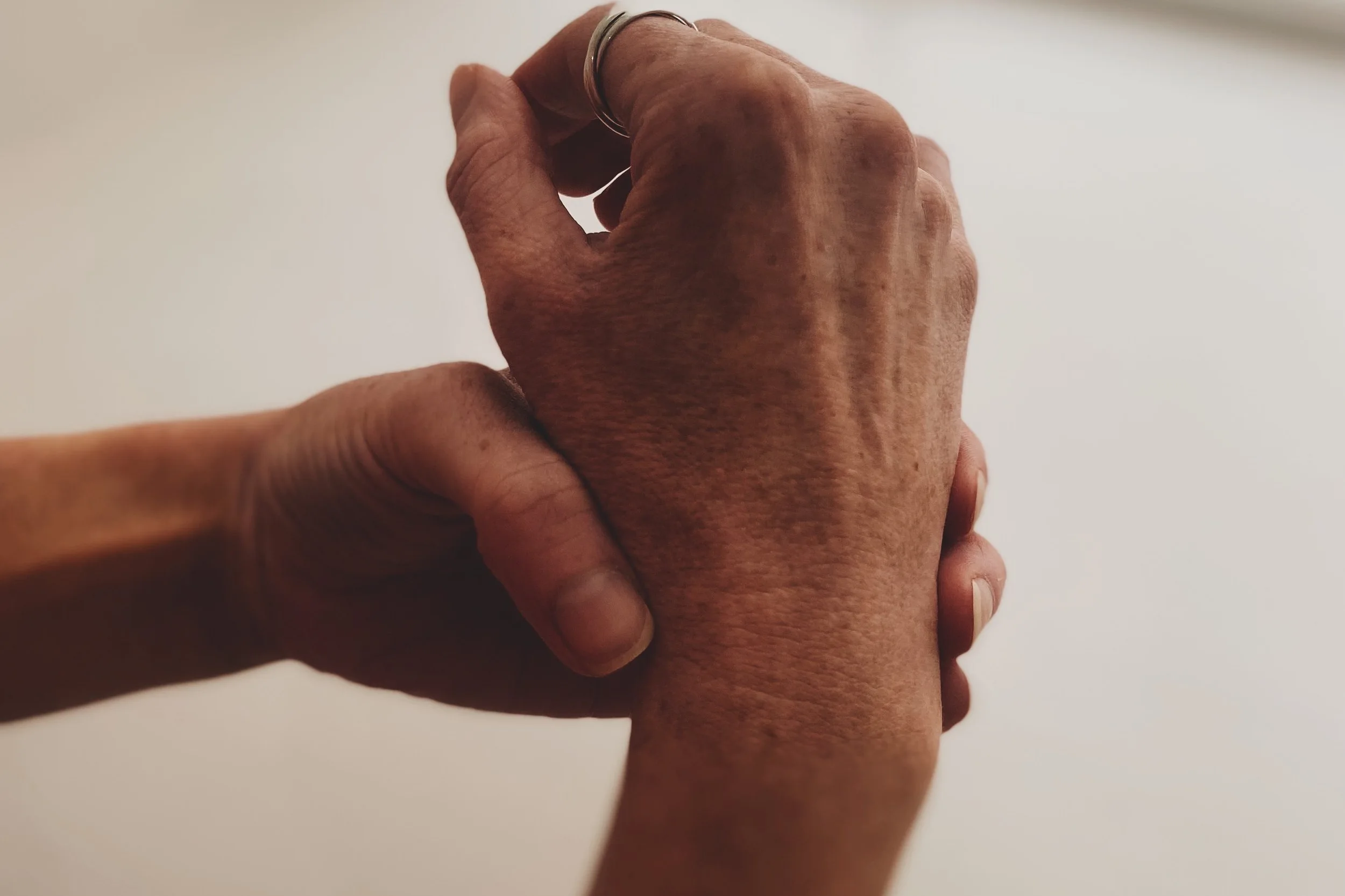Natural disasters like earthquakes, fires, and floods can pose significant challenges for everyone, but for individuals with low vision, such situations may be even more complex to navigate. Whether facing an emergency with family assistance or independently, making preparations in advance and understanding self-help techniques are essential to ensuring safety. This article provides a comprehensive overview of safety strategies for low vision individuals, covering both scenarios of “family assistance” and “independent response,” to help them and their loved ones build emergency readiness.
1. Earthquake Response Strategies

Earthquakes are unpredictable natural disasters. During an earthquake, low vision individuals may find it challenging to quickly locate safe spots. Establishing safe zones and practicing responses can greatly enhance their self-rescue abilities.
Setting Up a Safe Space at Home
Designating safe areas at home, such as under a sturdy table or in a corner near a wall, is crucial. In an earthquake, low vision individuals with family assistance can be guided to these areas quickly. For independent response, tactile markers (such as different textured stickers on table legs or walls) should be placed at safe locations to help them find these zones swiftly.Preparing a Personal Emergency Kit
An emergency kit is essential for earthquake safety. It should include medication, a Braille first-aid manual, contact information, a power bank, and water. Family members can assist low vision individuals by organizing these items and ensuring everything is clearly marked. Low vision individuals living alone should store the emergency kit in a fixed, accessible location and regularly check its contents.Familiarizing with Escape Routes
In an earthquake, limited vision may make it difficult for low vision individuals to determine direction. Family members can regularly practice escape routes from various rooms with them and set tactile markers at critical points. Those living alone should use these markers to memorize the layout, helping them escape efficiently during an earthquake.
2. Fire Response Strategies
Fires are a common emergency, and the combination of smoke and low visibility can be particularly hazardous for low vision individuals. Installing alarm systems and learning basic firefighting skills can significantly enhance their fire response capabilities.
Installing Fire Alarms
Fire alarms with vibration, audio alerts, or flashing lights can help low vision individuals quickly detect a fire. Family members can assist by familiarizing them with alarm sounds and testing the alarm’s functionality. Low vision individuals living alone should periodically check the alarm to ensure it’s working.Learning to Use a Fire Extinguisher
Knowing basic fire extinguisher use is essential for early fire control. Family members can guide low vision individuals on locating, pressing, and spraying the extinguisher. It’s best to choose a model with distinct tactile features and place it in a fixed, accessible location.Crawling Low to Escape
In a fire, smoke rises, so crawling low helps reduce smoke inhalation. Family members can practice crawling techniques with low vision individuals and familiarize them with following walls or tactile markers to find exits. When alone, placing tactile markers or obstacles at crucial points can help them identify directions and avoid smoke interference.
3. Flood Preparedness Strategies
Floods can be extremely destructive. Low vision individuals must identify high-ground areas in advance and ensure important items are protected from water damage.
Selecting a Safe Evacuation Area
High-ground evacuation points should be pre-planned to avoid low-lying areas. Family members can help familiarize them with these areas and set up tactile markers along key routes. Low vision individuals living alone can also place these markers to quickly locate safe areas during flooding.Preparing Waterproof Emergency Equipment
The emergency kit should include waterproof bags and a waterproof flashlight to protect medications and important documents from water damage. Family members should regularly check these items, while those living alone should ensure they are always functional.Seeking Help and Guidance
In a flood, family members can guide low vision individuals across flooded areas to safe zones. For independent situations, low vision individuals should call emergency contacts or use location devices to seek external assistance.
4. Handling Physical Assaults
 In public spaces or when outside, low vision individuals may face the risk of physical assault. Carrying a personal alarm and learning self-defense techniques are key steps in self-protection.
In public spaces or when outside, low vision individuals may face the risk of physical assault. Carrying a personal alarm and learning self-defense techniques are key steps in self-protection.
Carrying a Personal Alarm Device
Family members can help low vision individuals select and use high-decibel personal alarms that can be triggered to alert others in emergencies. For independent scenarios, choosing a device with voice prompts can enhance awareness of surroundings.Learning Basic Self-Defense Techniques
Family members can assist low vision individuals in learning simple self-defense moves to protect themselves during an attack. Independently, low vision individuals can practice defensive stances and maintain calm while calling for help to attract attention.
5. Responding to Accidental Injuries
 Accidental injuries are common due to limited vision. Having a portable first-aid kit and knowing basic self-care techniques can help manage minor injuries.
Accidental injuries are common due to limited vision. Having a portable first-aid kit and knowing basic self-care techniques can help manage minor injuries.
Carrying a Portable First-Aid Kit
A first-aid kit with essentials like antiseptic, bandages, and gauze should be kept at home and carried in travel bags. Family members can help familiarize low vision individuals with kit contents, adding tactile markers for easy identification. Those living alone should place the first-aid kit in a familiar spot to quickly locate it.Learning Basic Self-Care Skills
Family members can teach low vision individuals how to clean, disinfect, and bandage minor wounds. For independent situations, these skills help ensure they can effectively handle minor injuries alone and prevent infection.
6. Poisoning Response Strategies
Accidental poisoning can occur from mistakenly ingesting or touching toxic substances. Low vision individuals may be at higher risk, making prompt recognition of symptoms and response essential.
Quick Symptom Recognition and Seeking Help
If symptoms like dizziness or nausea occur due to toxic exposure, family members should assist by identifying symptoms and calling emergency services. When alone, low vision individuals should memorize emergency contact numbers and call for help if they experience unusual symptoms.Reducing Activity and Waiting for Assistance
During suspected poisoning, low vision individuals should limit movement to reduce toxin spread. Family members can keep them calm and monitor them while awaiting medical help. Independently, low vision individuals should stay seated, drink water to dilute the substance if safe, and wait for rescue.
Daily Emergency Preparedness Recommendations
Building an Emergency Contact Network – Setting Emergency Contacts
All low vision individuals, whether living alone or with family, should have a list of emergency contacts that includes family and community volunteers. Family members can help low vision individuals set up emergency numbers, while those living alone should keep a well-organized contact list for quick access.
Practicing and Familiarizing with Home Layout – Familiarizing with Home Layout and Tactile Markers
Placing tactile markers throughout the home helps low vision individuals remember room structures and exit points. Family members can conduct regular practice sessions, while independent low vision individuals should periodically practice these routes to ensure swift action during an emergency.
Psychological Preparedness and Stress Management – Enhancing Psychological Resilience
Low vision individuals may feel anxious in emergencies. Learning relaxation techniques like deep breathing or meditation can help manage stress. Family members can encourage participation in support groups, and those living alone may join community groups to enhance psychological resilience.
Conclusion
Whether in the presence of family assistance or independently, the safety of low vision individuals in emergencies depends on daily preparedness and effective emergency strategies. By establishing emergency contacts, becoming familiar with escape routes, equipping with necessary emergency supplies, and mastering self-help techniques, low vision individuals can respond more confidently and calmly in times of crisis, ensuring safety for themselves and their loved ones. These recommendations are aimed at helping low vision individuals and their families develop stronger emergency awareness and response capabilities, making them more resilient in unexpected situations.
FAQs
1. What are essential items to include in an emergency kit for low vision individuals?
An emergency kit for low vision individuals should include:
- Necessary medications and medical records
- A Braille or large-print first-aid guide
- A portable, easy-to-use flashlight or headlamp
- Contact information and a mobile phone with emergency contacts pre-set
- Tactile-labeled first-aid supplies
- Non-perishable food and bottled water for at least 72 hours
- A whistle or personal alarm for attracting attention in emergencies
2. How can family members help low vision individuals prepare for emergencies?
Family members can:
- Practice escape routes and locate safe spaces in the home together.
- Install alarms with vibration, audio, or visual indicators.
- Add tactile markers on walls, doors, and emergency exits.
- Review and replenish the emergency kit regularly.
- Practice using emergency tools like fire extinguishers and first-aid kits to increase familiarity.
3. What emergency devices can enhance safety for low vision individuals when alone?
Useful devices include:
- Personal alarm devices that emit a loud noise when activated
- GPS-enabled mobile phones or wearables for location tracking
- Alarms with both auditory and tactile alerts, such as vibrating smoke detectors
- Voice-enabled smart assistants for quick access to information or emergency contacts
- Portable chargers to ensure communication devices stay powered
4. How should low vision individuals respond to a fire when alone?
In case of a fire:
- Crawl low to avoid smoke, keeping close to walls for guidance.
- Use tactile markers to locate exits if available.
- If safe, call emergency services and follow the dispatcher’s instructions.
- Keep a fire extinguisher in a known, accessible location and use it only if trained and safe.
5. What steps can low vision individuals take if they suspect poisoning?
If poisoning is suspected:
- Immediately call emergency services and describe symptoms clearly.
- Avoid movement to prevent the poison from spreading through the body.
- If possible, drink small sips of water to dilute any ingested poison, unless told otherwise by emergency personnel.
- Keep emergency contacts and poison control numbers easily accessible.
6. How can tactile markers aid low vision individuals during emergencies?
Tactile markers, such as textured stickers or rubber strips, help by:
- Guiding individuals to safe exits in low visibility situations
- Identifying essential emergency items like flashlights or first-aid kits
- Marking important areas in the home, such as escape routes or phone locations
- Providing a sense of orientation during disorientation or panic

